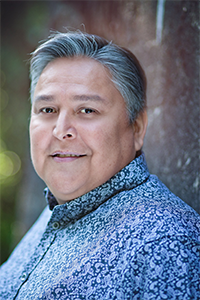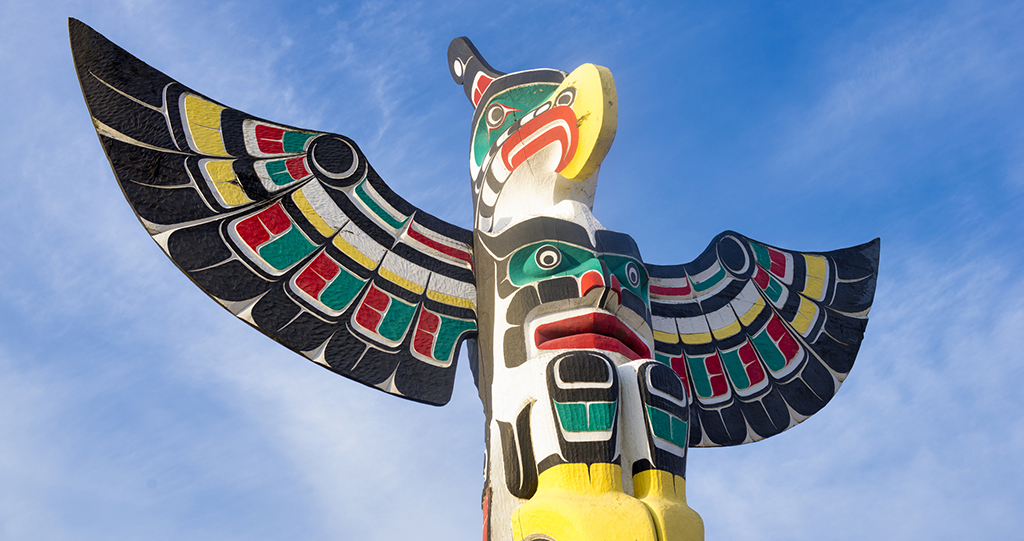Insight Into Indigenous Inclusion At Work: A Conversation With Bob Joseph
Inclusion.
We’ve all read about it in textbooks, scholarly articles and talked about it at conferences. But what does the word really mean?
PeoplaTalk caught up with Bob Joseph, President of Indigenous Corporate Training Inc. to learn more about the work he’s doing, what the indigenous experience is like in the workplace and how we can all gain a better understanding of one and other.
1- Tell me a little bit about your organization and what kinds of things you’re working on right now?
We provide Indigenous relations training to government departments, organizations and individuals. Lately, we’ve been busy pivoting to e-Training and virtual classroom formats to continue to meet our clients’ needs in this new reality.
2- It’s often said that we can learn even while teaching others, in your time teaching others, what are some of the things you’ve learned?
I’ve learned to answer questions in a way that is really non-threatening. In this field of training, there are always awkward thoughts or questions that people have been wondering about. People don’t learn by stern voices and condemnation. They learn by being provided accurate information and being allowed to form their own conclusions.
I’ve also learned that sometimes the learners themselves have the best answers because they may not have any confinements or restraints so they can have ideas that are original and new to me.
3- In 2019, statistics showed that the unemployment rate for Indigenous people was nearly double the National average, why do you think that is? How do we fix it?
When we look at the employment situation, past policies have a lot to do with it. Much of it stems from the Indian Act policies such as the residential schools. My parents’ time at residential school was a negative experience. Those experiences resulted in them not placing a lot of value on education. As we go forward, I’m hoping that Indigenous Peoples will see the value of education in helping promote, strengthen and grow their cultures, and that they won’t see it as a threat to their identity as my parents did.
I think if we could find some way to help with tutoring, coaching and mentoring kids whose parents didn’t benefit from a full education. Anything that will help kids stay in school, graduate and/or pursue higher education so that they would find meaningful employment. I’m thinking of funded programs or maybe just well-meaning Canadians who would volunteer to tutor Indigenous kids and fill in that gap.
Better funding for schools on the reserves would also help. They don’t get the same funding as K-through-12 schools do in other jurisdictions.
4- If an organization wanted to encourage more Indigenous candidates to apply for positions, what are some things they could do?

Bob Joseph, President of Indigenous Corporate Training Inc.
Organizations could ask for self-identification of Indigenous candidates. That way they’d be able to say okay here’s an Indigenous candidate, let’s have a chat with them and make sure they’re ready for the interview. Offer some job interview coaching and mentoring. And if they don’t have the right credentials at the time, we recommend you tell them that you like them and that you will work with them so that they can get the skills required.
Do a long-range opportunity analysis and share the analysis of the identified needs with Indigenous educators and Indigenous skills employment training centres. For example, a powerline company may project that within three years they will need 50 powerline technicians. That is valuable information for a skills training centre.
5- Everyone’s experiences will be different, but can you try to put into words what it’s like for an Indigenous person to be in an organization when they may be the only person who looks or talks like them?
I can tell you from my own experience it was different. Neither of my parents worked in a corporation or a government office so that made it hard for me to even understand what I was going into when I landed an office job with a large utility firm. I had no idea about corporate policies such as dress codes. I am still grateful to my first manager who really helped me understand what was expected of me because the time they took with me was critical to my success in that organization.
Not only did I look different but people would ask me a lot of questions about Indigenous issues and I hated to be the spokesperson because I didn’t really know and I kind of didn’t really care. I was young and just wanted to do whatever job that I was hired to do. I didn’t want to answer questions about taxation or housing or education.
6- What are some simple things organizations can do to become more inclusive to Indigenous people?
It is important to ensure all staff from front line workers to CEOs and Directors should take some level of Indigenous awareness training. Indigenous awareness, respectful workplace or anti racism training should also be part of the resume of every new hire.
Ensure that everyone on the payroll is familiar with the organization’s code of values and ethics, that racist jokes and comments will not be tolerated, and the consequences of such behaviours.
7- What kinds of things should organizations look at making a part of their policies?
Policies should include instruction on what employees can do if they feel uncomfortable or if they feel they are being harassed. How would they report an incident of racism or bias in their workplace, not as a tool to punish, but as a tool to try to find corrective action?
Another action organizations can do to be more inclusive not just for Indigenous people but for all, LGBQ and visible minorities, is to have a policy or statement of inclusion and post that policy statement everywhere. It needs to be communicated constantly with the internal employees.
Organizations can be more inclusive by understanding the cultural responsibilities of staff. Take the bereavement policy for example. Most policies allow three days for a death in the immediate family. Your policy should define what immediate family means and explain that to a new Indigenous hire. In the community I come from, first cousins are brothers and sisters so from that cultural perspective, I would be entitled to three days of bereavement policy for the loss of a first cousin.
8- What are some cultural differences that Indigenous people may have/practice that others in the workplace should be mindful of?
Indigenous Peoples come from oral societies, and in an oral society eye contact is not generally constant. There is more emphasis on listening to the words spoken than maintaining eye contact. If eye contact is an important part of the job, such as in the service industries when customers expect it, then that needs to be conveyed during the interview and onboarding.
There are also some cultural differences in pacing of communications. Many Indigenous people pause while gathering their thoughts. The business world is very much a point counter point style of conversation in which sometimes both people are talking and that’s okay. For a new Indigenous employee, to interrupt would be disrespectful and if they are interrupted then they feel disrespected.
Hand shaking is another one. I know a lot of Indigenous people who don’t shake hands, and some have even been caught off guard, and even injured, by the really firm Macho Man hand squeeze. If you do shake hands, try to match the intensity of the hand offered.
9- Our Association is made up of 6,000+ HR professionals and corporate leaders, what’s one thing you’d like to say to them?
Reconciliation isn’t dead. There’s a call to action there for every sector from the Truth and Reconciliation Commission so become familiar both personally and organizationally to the call to action that is most applicable to you. Help society become a better place by continuing to pursue reconciliation with Indigenous people. It’ll just make such a better country and a better place to live for everybody’s kids.
Bob Joseph, President of Indigenous Corporate Training Inc., has provided training on Indigenous relations since 1994. Each year he assists thousands of individuals and organizations in building respectful and effective Indigenous relations.
For the latest HR and business articles, check out our main page.
Reader Feedback
We want to hear from you!
Do you have a story idea you’d like to see covered by PeopleTalk?
Or maybe you’ve got a question we could ask our members in our People & Perspectives section?
Or maybe you just want to tell us how much you liked the article.
The door is always open.










